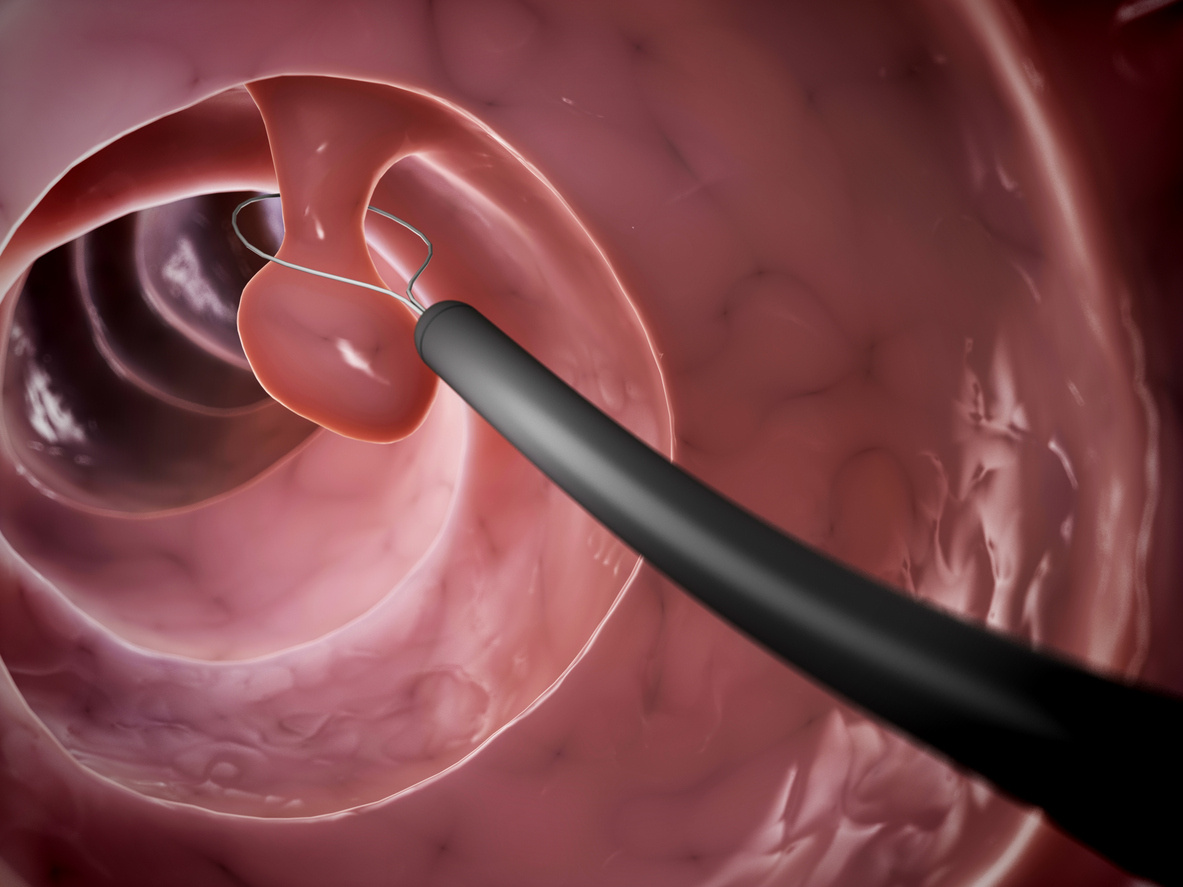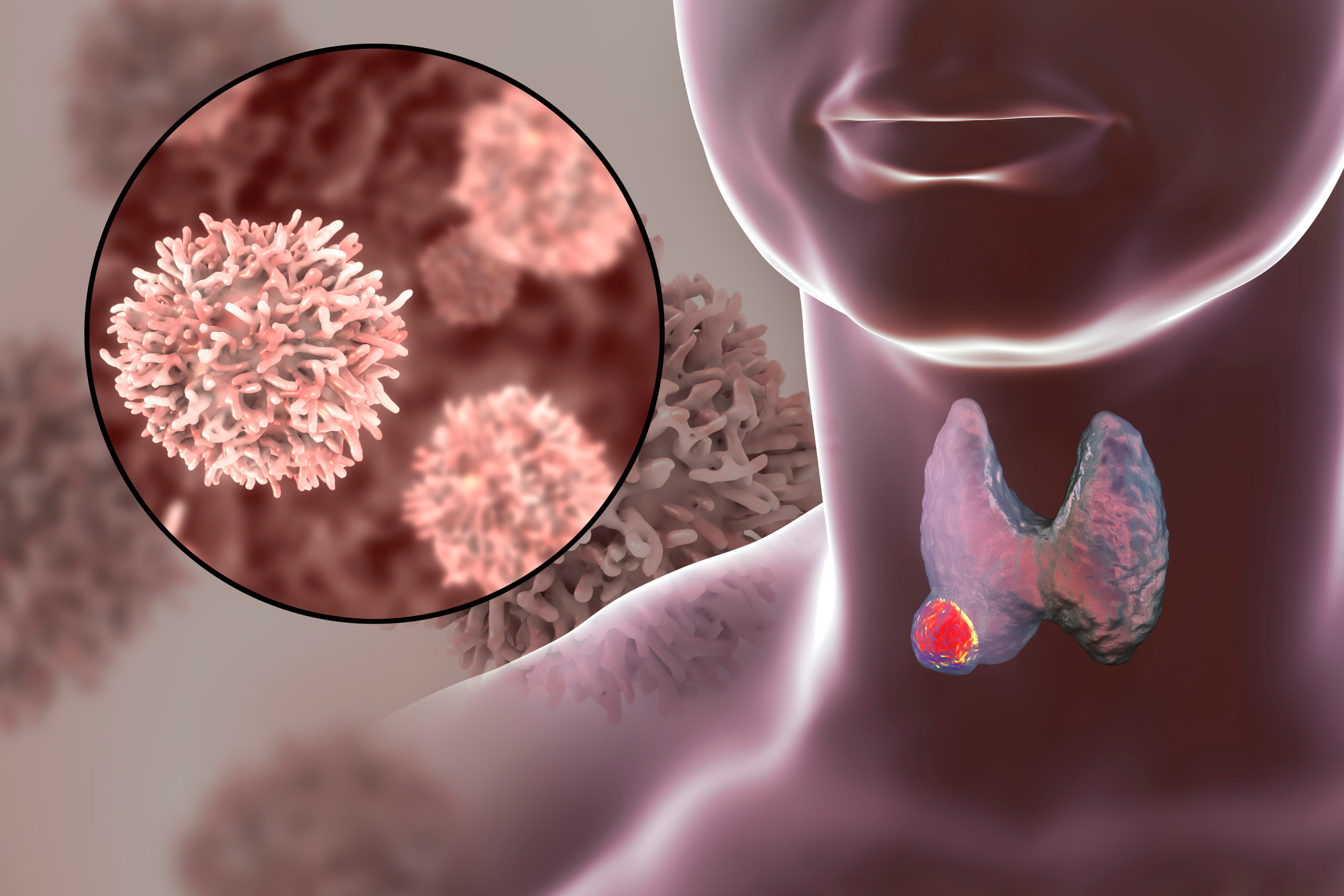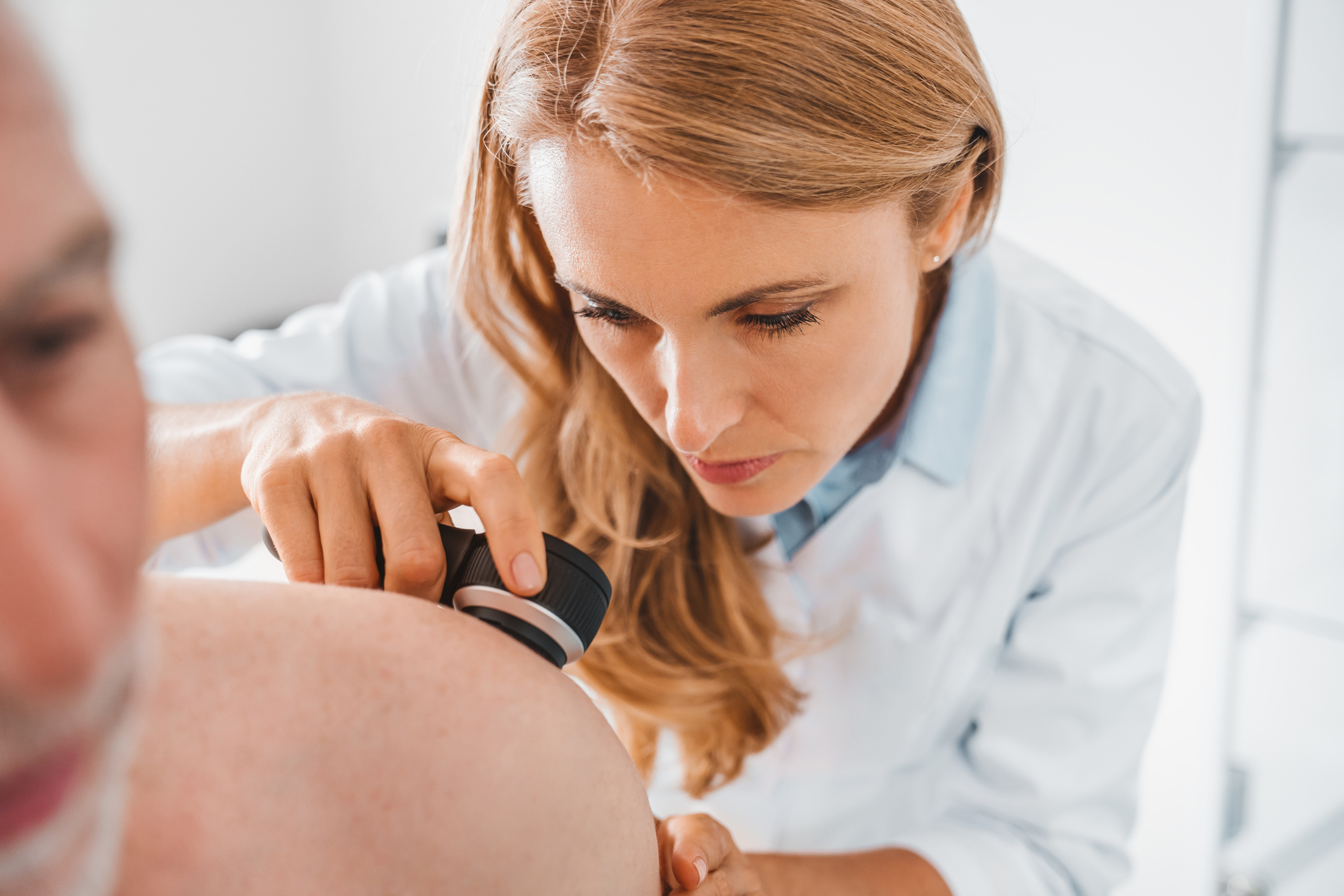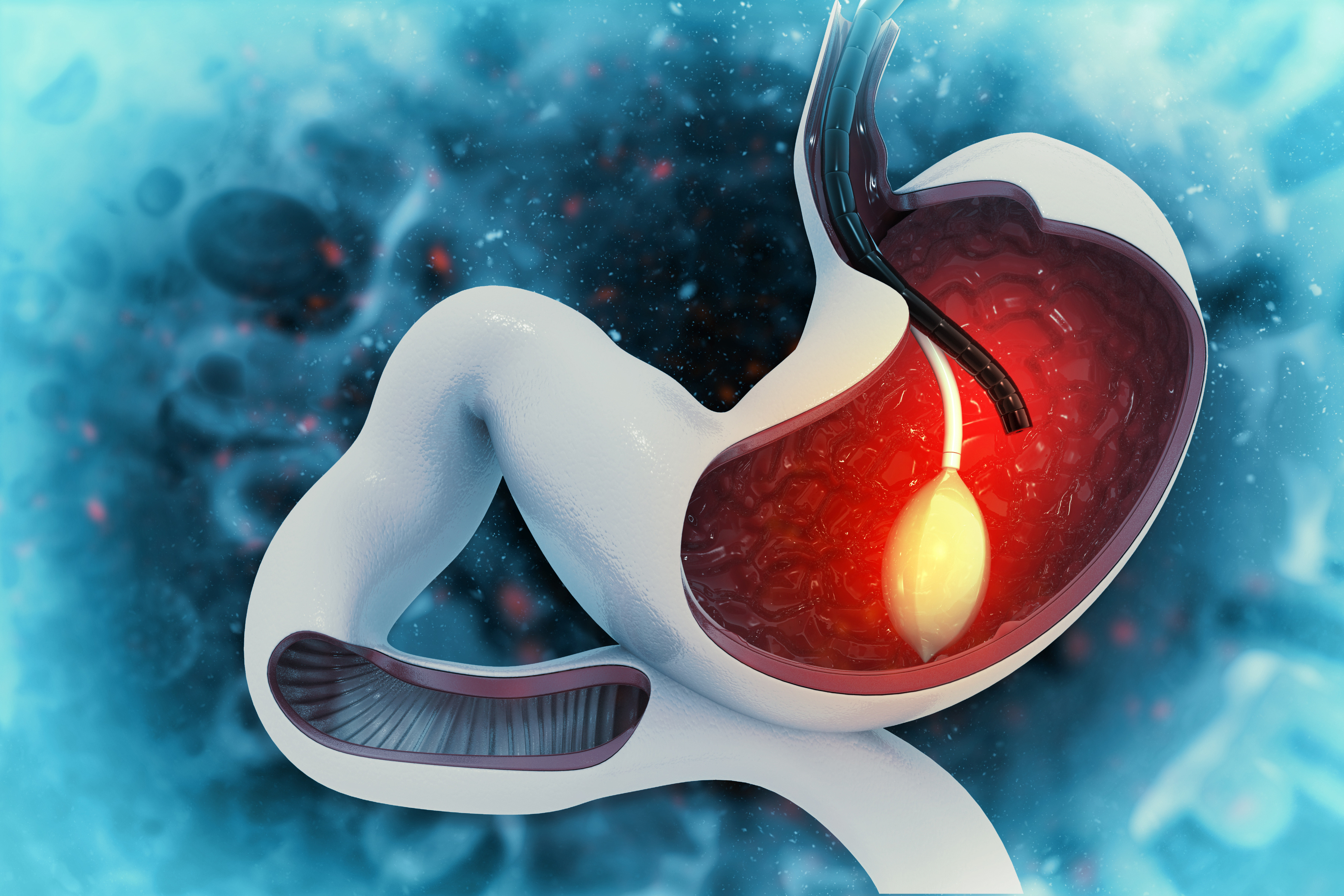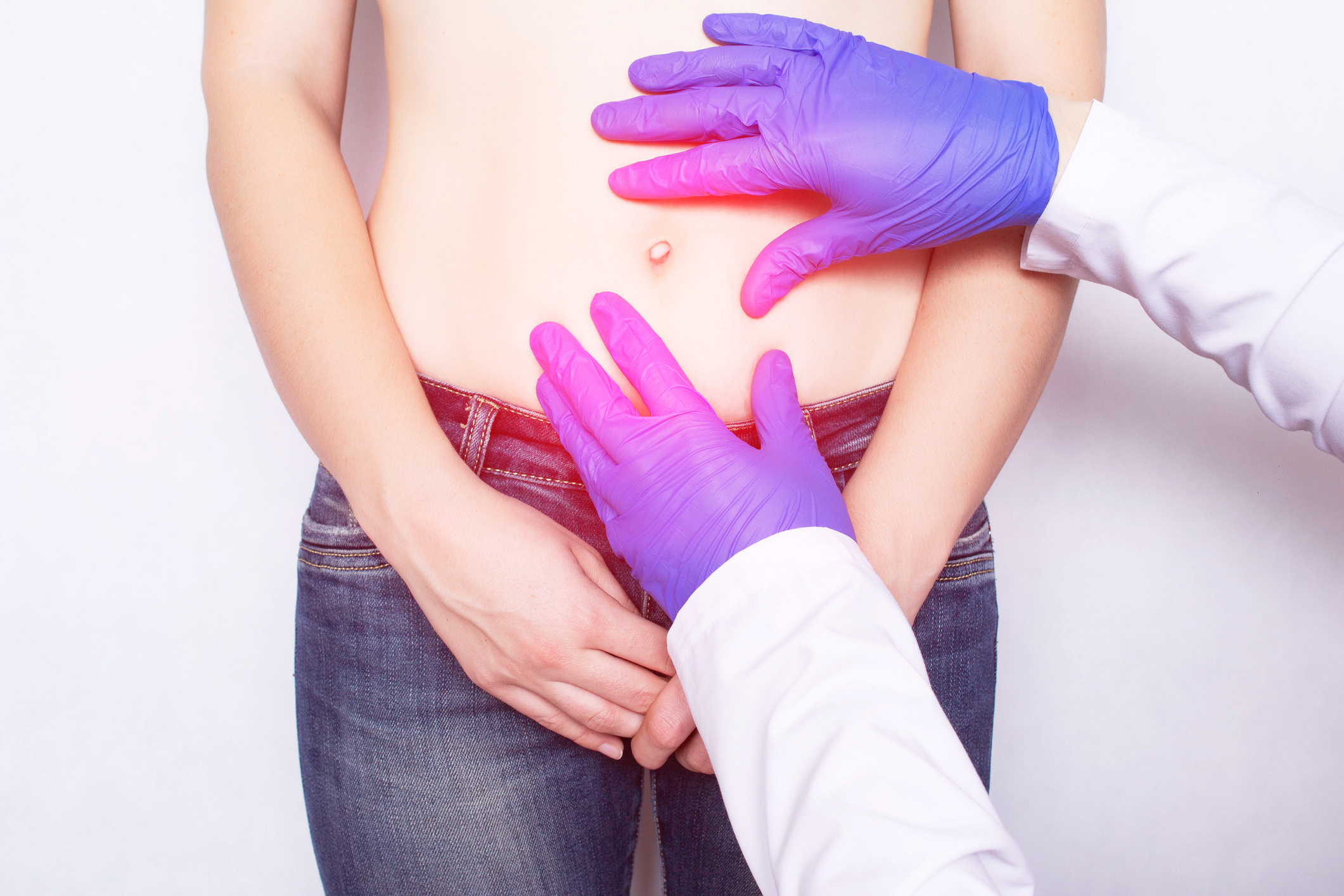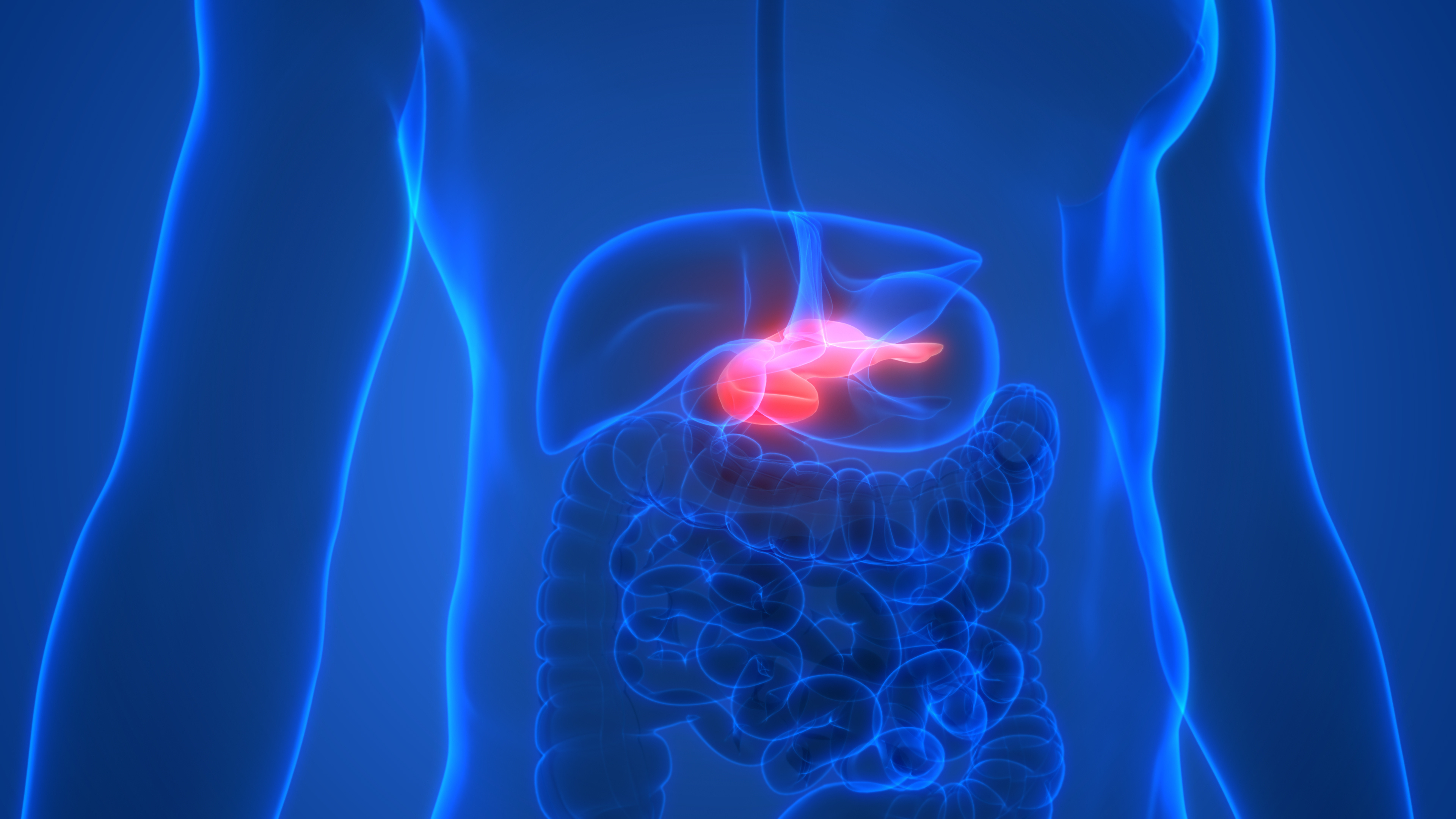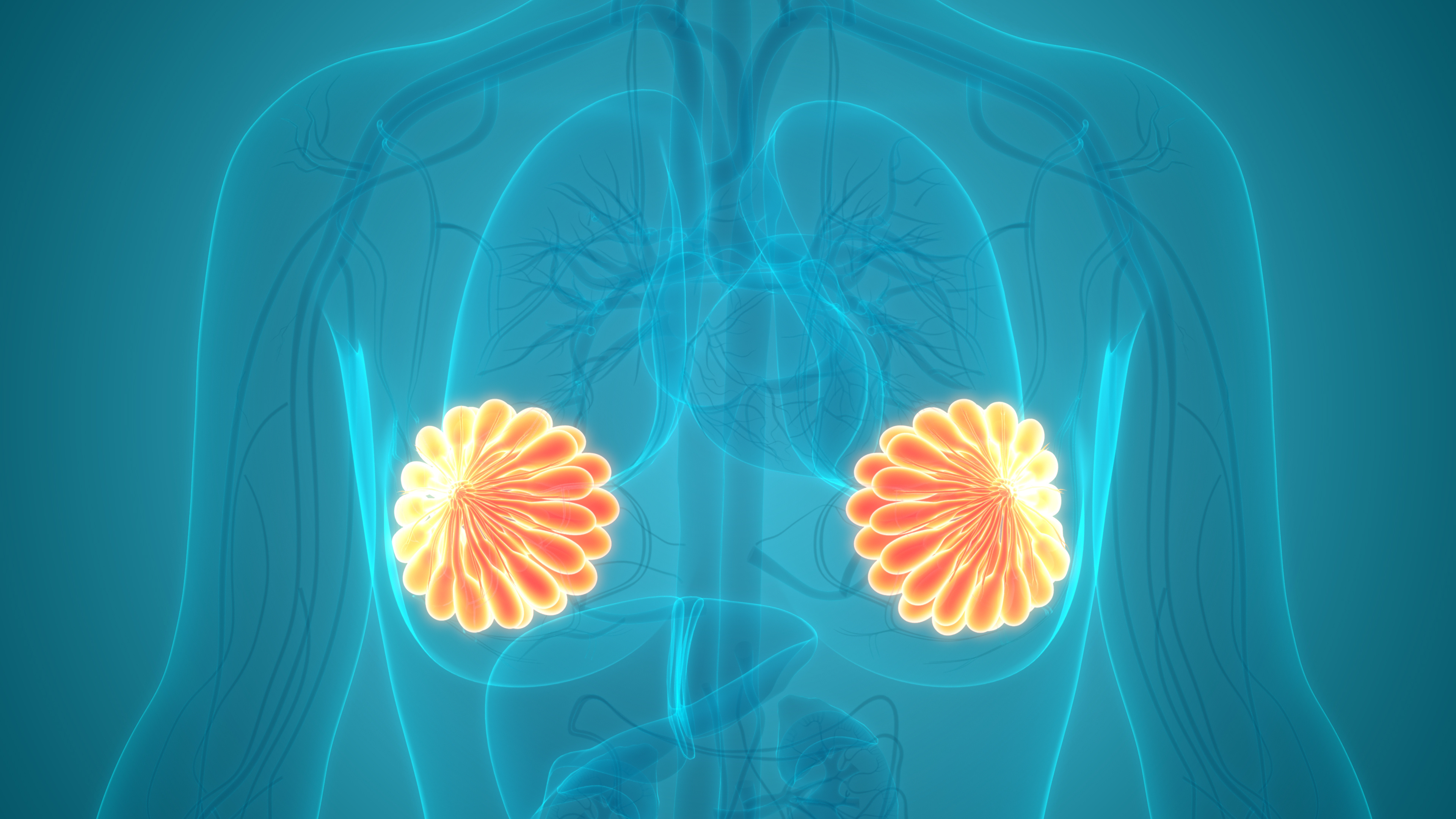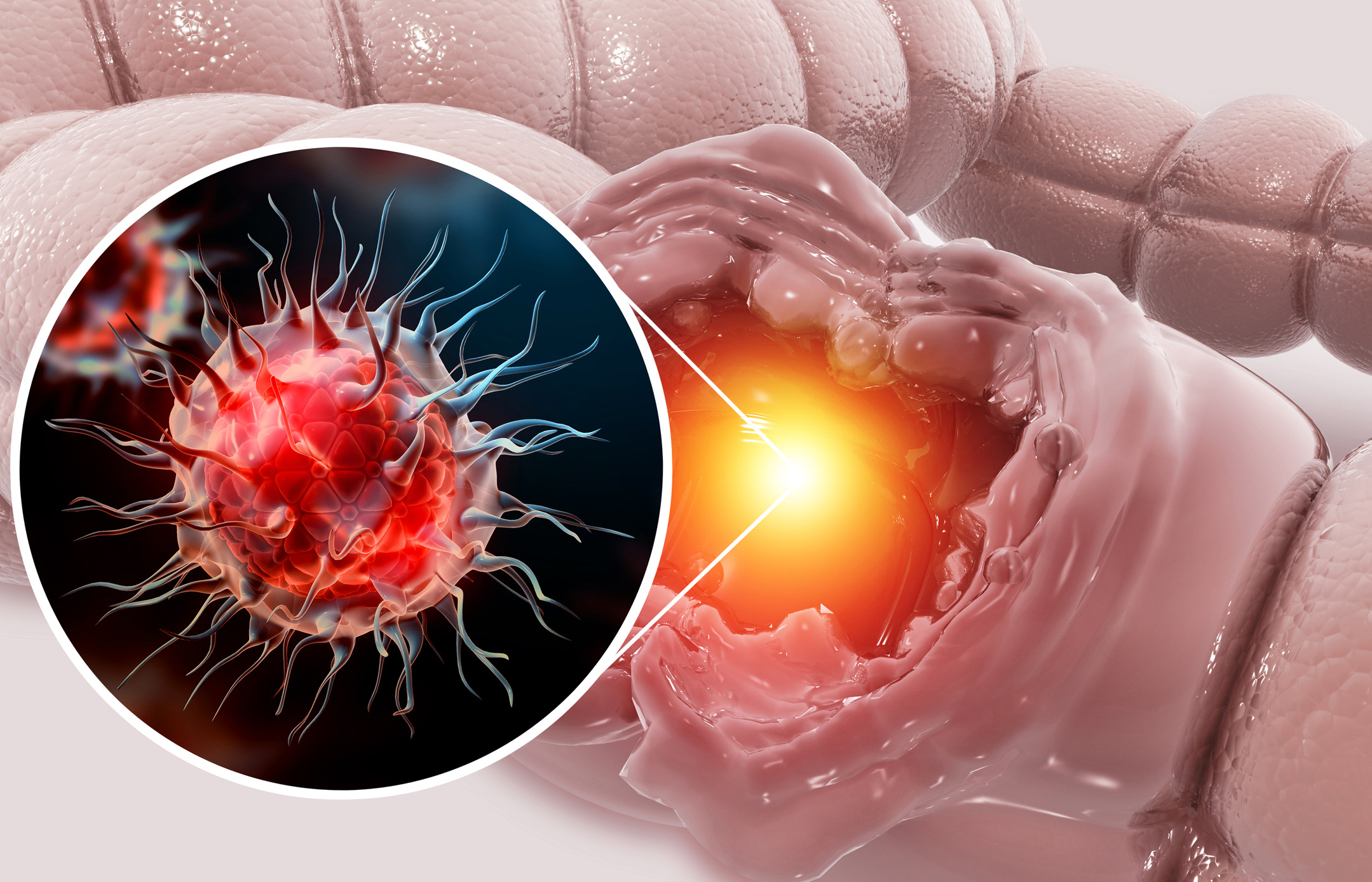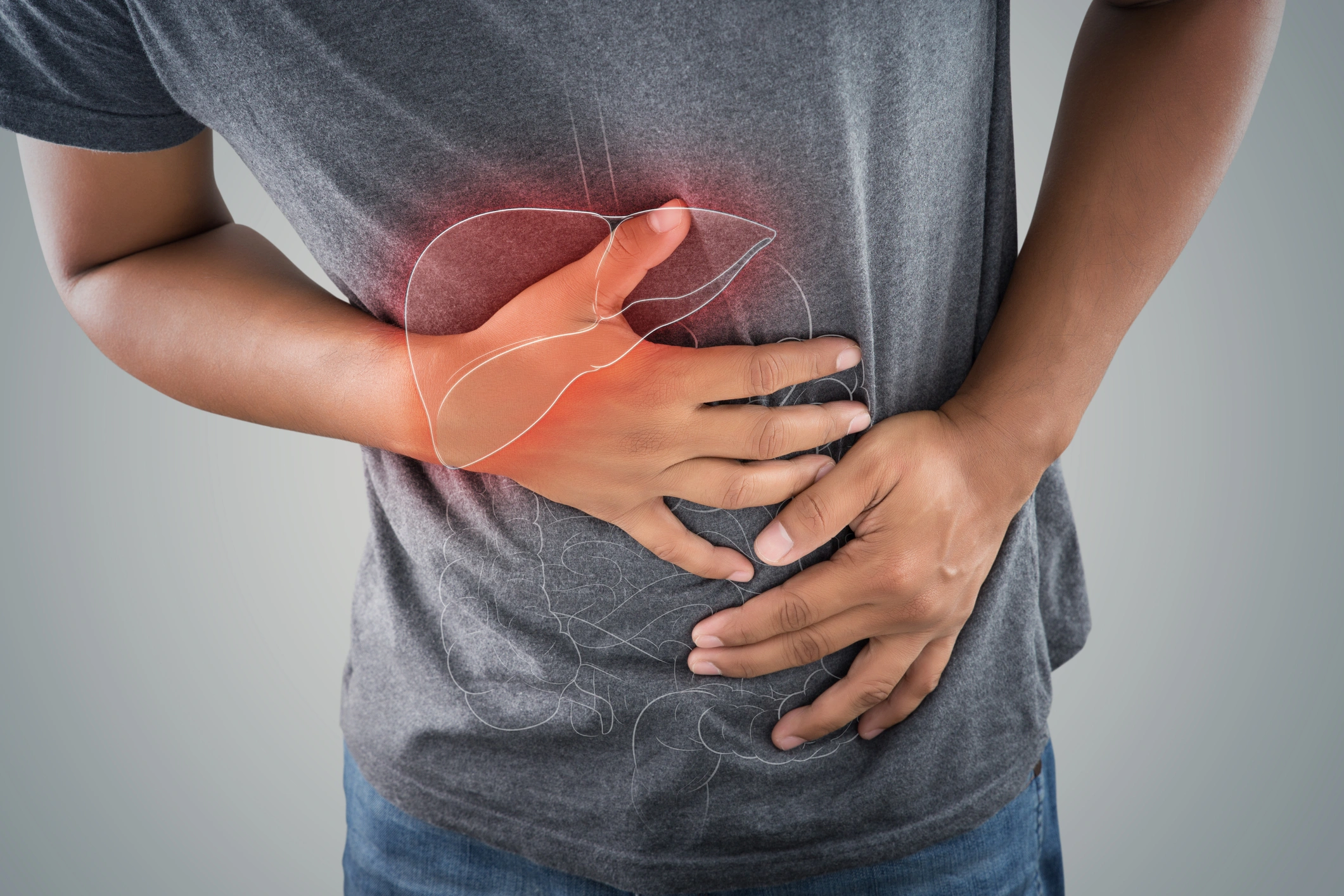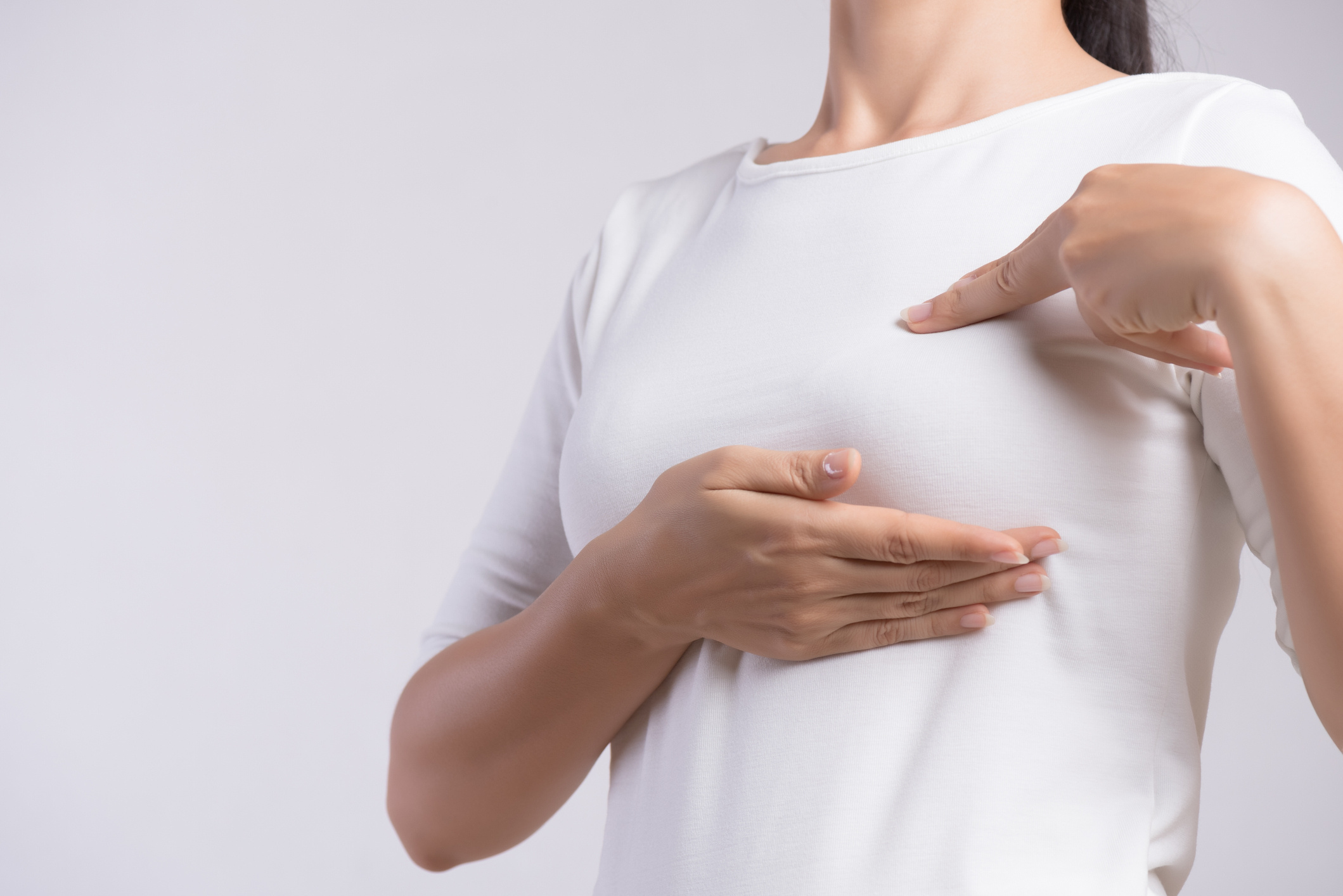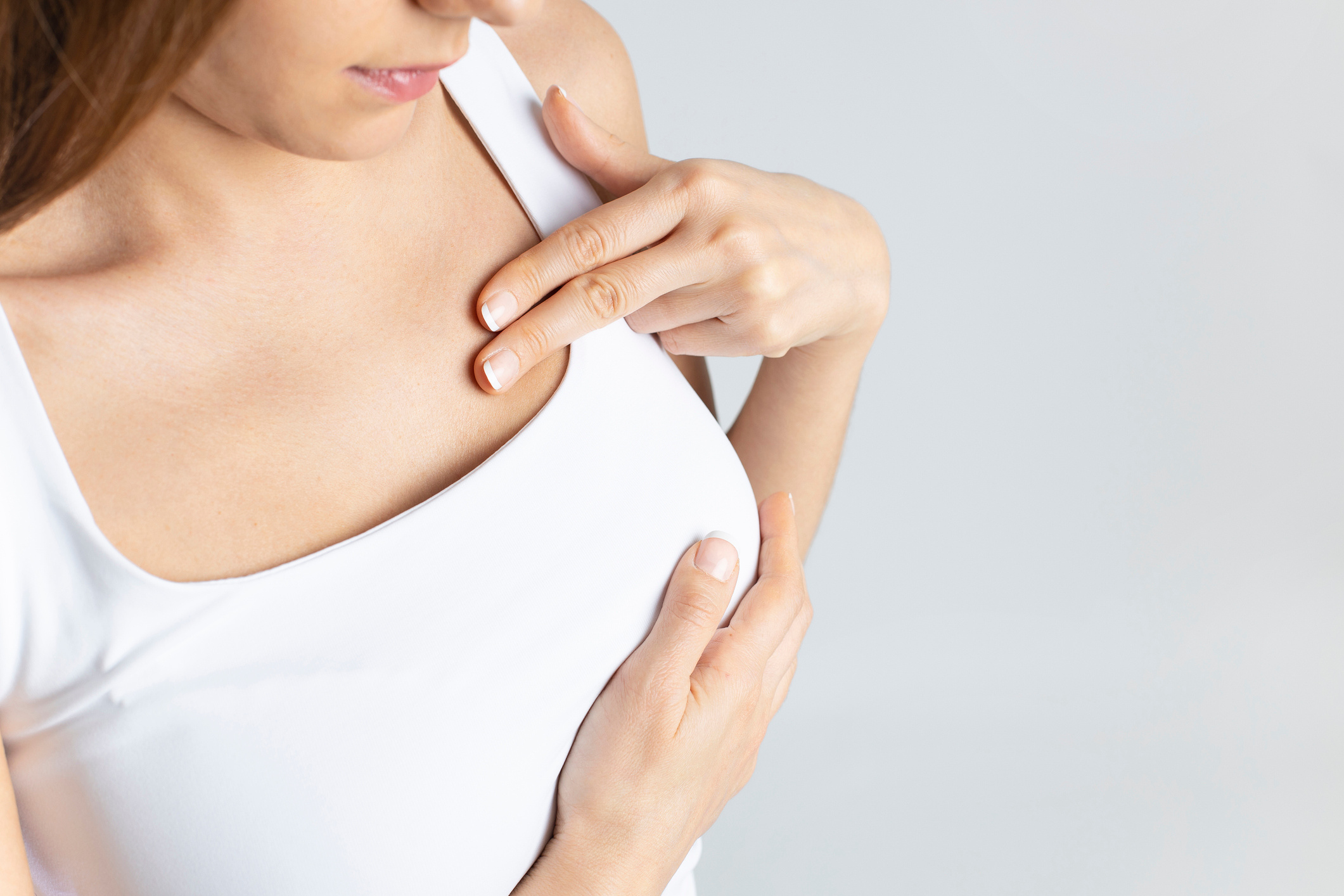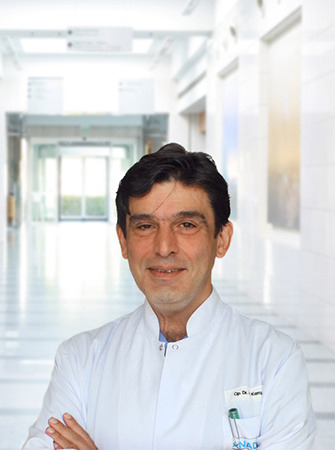
Kemal Raşa
He has been working as a general surgeon at Anadolu Medical Center since 2017
Speciality
- General Surgery
- Surgical Infections
- Breast Cancer Surgery
- Thyroid / Parathyroid Surgery
- Advanced minimally invasive surgery
- Pancreatic cancer and glucose metabolism
Education
University
Hacettepe University School of Medicine (1990)
Specialization Training
General Surgery, Hacettepe University School of Medicine (1996)
Institutions Worked At
After graduating from Hacettepe University Faculty of Medicine (HÜTF) in 1990, Kemal Raşa has specialized in general surgery at the same university. He became specialist in 1996 as a result of the thesis he wrote, with the scholarship provided by TÜBİTAK. His career focused on minimally invasive surgery and endocrine surgery (breast and thyroid cancer), which he started as a lecturer at HÜTF General Surgery Department, continued at the Departments of General Surgery of Ankara Numune Education and Research Hospital 6th Surgical Clinic, Acıbadem Kadıköy Hospital and Acıbadem Bodrum Hospital.
Dr. Rasha, who has an interest in the field of "Surgical Infections", has been actively serving in the European Society (SurgicalInfection Society - Europe / SIS-E) since 1990. Dr. Rasha has been on the administrative board of the association for the past seven years, after having been a congress secretary at the 21. SIS-E Congress. He became general secretary of the association in 2017 after serving as "Councilor at Large" for the first three years and "Recorder" for the next three years. He was elected both as founding member and as the chairman of the "Founding Board" of the World Surgical Infection Society established in 2017. While contributing to the works of the World Society of Emergency Surgery, he is in the author team of the “Global declaration on appropriate use of antibiotics Use Antibiotics Appropriately to Address Antibiotic Resistance” declaration which will be published in a short while. In addition to this, he continued his works during the course of association which he began as one of the "Guide for the Prevention of National Surgical Infections" authors on national basis. He is a founding member and served as a member of the administrative board of "Surgical Infection Association" and still works as secretary of the association.
Dr Raşa who continues his career in Anatolian Medical Center, has been serving as general surgery specialist since 2017.
- Surgical Infection Society - Europe
- World Surgical Infection Society
- World Society of Emergency Surgery
- Turkish Medical Association
- Turkish Surgical Association
1. Massimo Sartelli et al Global declaration on appropriate use of antibiotics. Use Antibiotics Appropriately to Address Antibiotic Resistance (in press).
2. Hakko E, Raşa K, Karaman ID, Enunlu T, Çakmakçı M. Low rate of compliance with hand hygiene before glove use. Am J Infect Control. 2011 Feb;39(1):82-3.
3. Saruç M, Karaarslan M, Raşa K, Saygılı O, İnce U, Baysal C, Pour PM, Çakmakçı M, Tözün N. Pancreatic cancer and glucose metabolism. Turk J Gastroenterol. 2009 Dec;20(4):257-60.
4. Güvenç BH, Raşa K, Güvenç S. The presence of percutaneous endoscopic gastrostomy (PEG)-related postprocedural pneumoperitoneum. Endoscopy. 2009;41 Suppl 2:E269-70. Epub 2009 Oct 28.
5. Özseker B, Özcan UA, Raşa K, Çizmeli OM. Treatment of breast abscesses with ultrasound-guided aspiration and irrigation in the emergency setting. Emerg Radiol. 2008 Mar;15(2):105-8. Epub 2008 Jan 10.
6. Raşa K, Erverdi N, Karabulut Z, Renda N, Korkmaz A. The effect of methylene blue on peritoneal adhesion formation. Turk J Gastroenterol. 2002 Jun;13(2):108-11.
7. Tanrıverdi P, Yüksel BC, Raşa K, Güler G, İskit AB, Güc MO, Korkmaz A. The effects of selective nitric oxide synthase blocker on survival, mesenteric blood flow and multiple organ failure induced by zymosan. J Surg Res. 2005 Mar;124(1):67-73.
8. Baykal A, Onat D, Rasa K, Renda N, Sayek I. Effects of polyglycolic acid and polypropylene meshes on postoperative adhesion formation in mice. World J Surg. 1997 Jul-Aug;21(6):579-82; discussion 582-3.
9. Beside many international congress presentations one internet course chapter (SIS-E Surgical Infections Course / Chapter 8 – Intravascular catheter infections) & 2 book chapters
Featured Cancer Articles
- 6 Nutrition Tips for Those Who Fast
- What is Disease X (Virus X)?
- How Does Cancer Form?
- What is an Ovarian Cyst?
- What is Cervical Cancer?
- What Are the Symptoms and Treatment Methods of Testicular Cancer?
- Symptoms, Diagnosis, and Treatment Process of Bladder Cancer
- Liver Cancer
- What is Stomach Cancer? What are Its Symptoms and Treatment?
- Thyroid: What is it, Symptoms, Diagnosis, and Treatment



